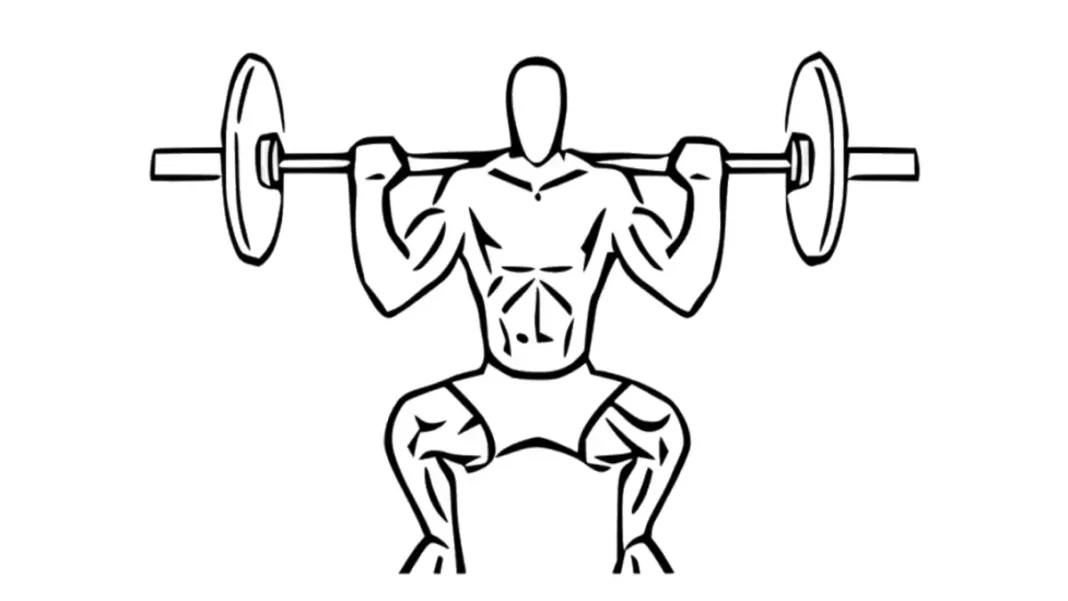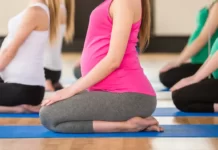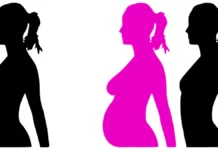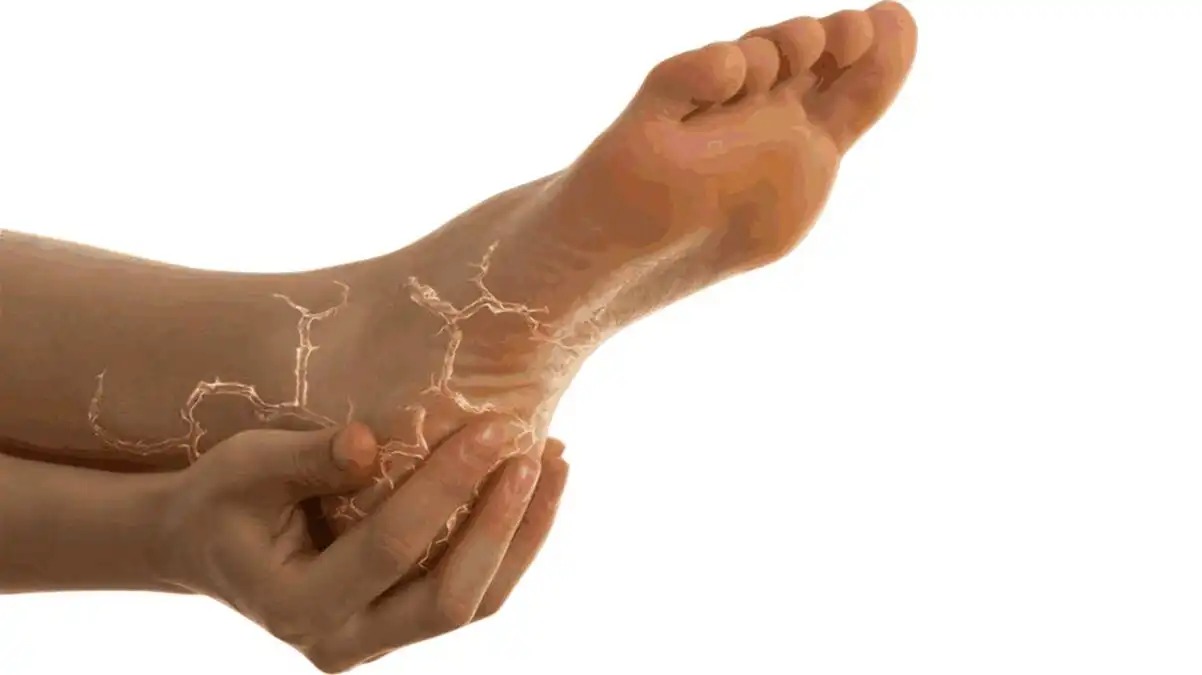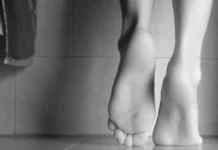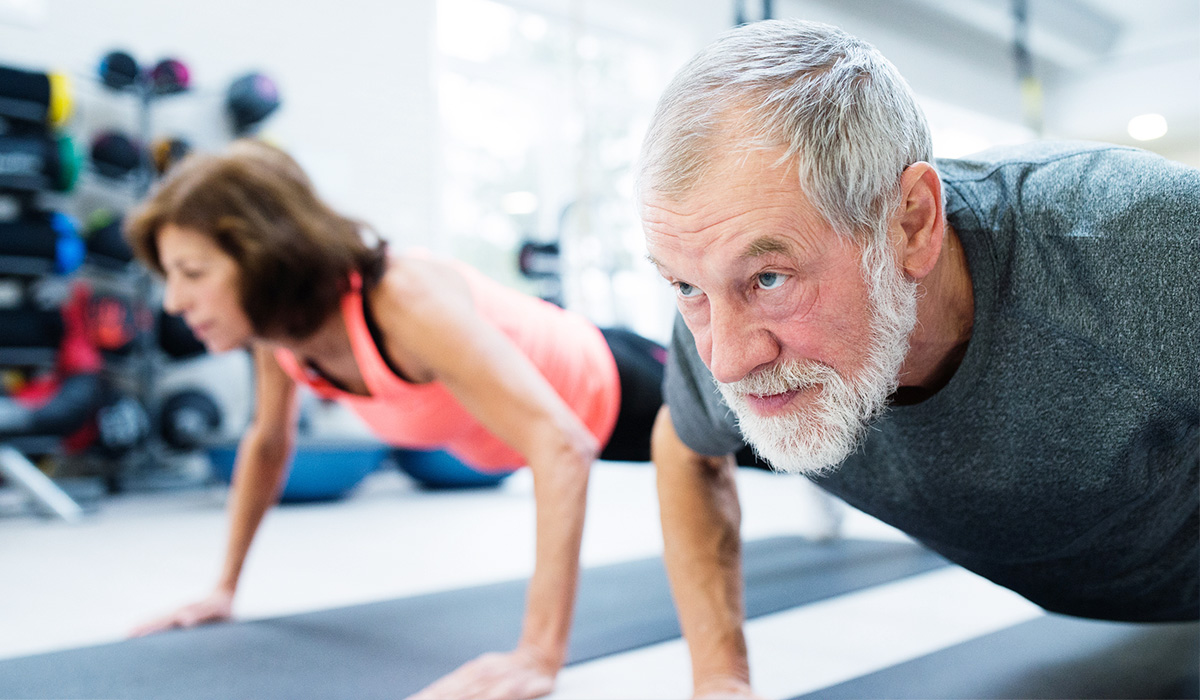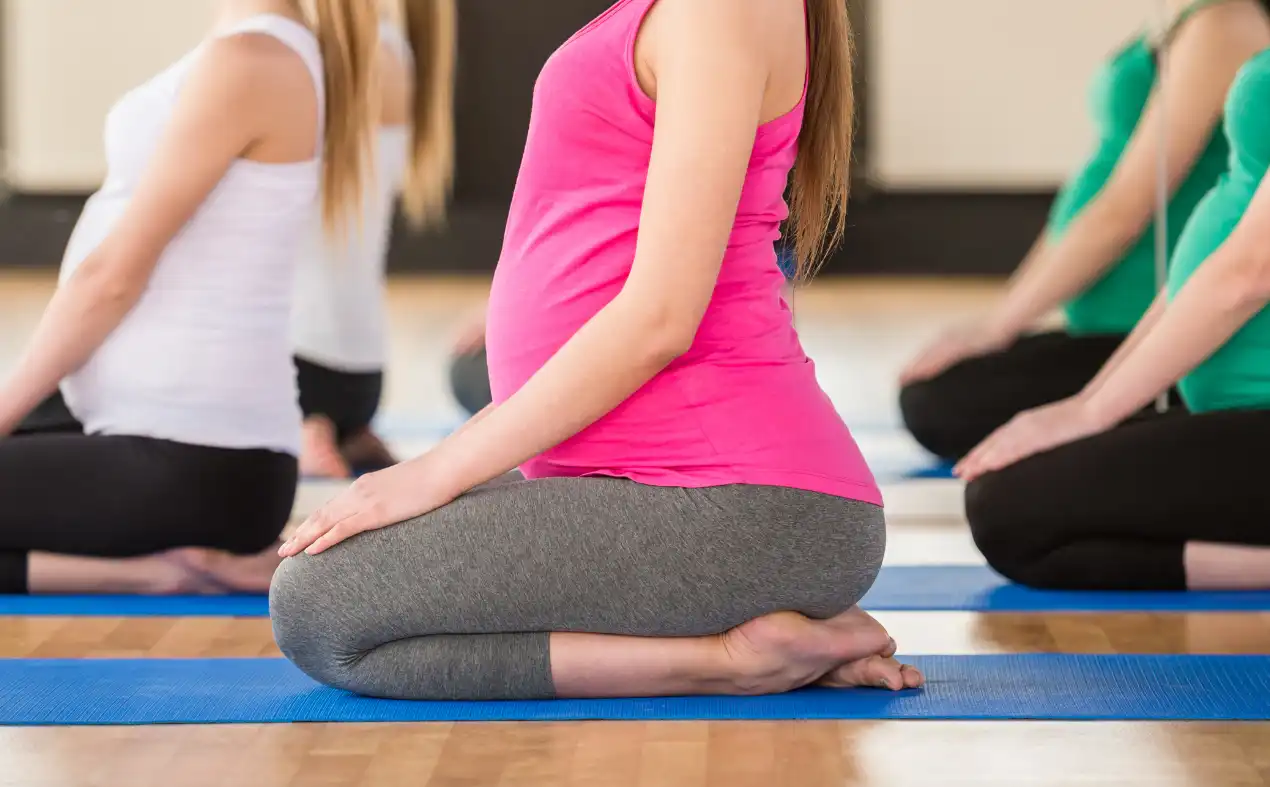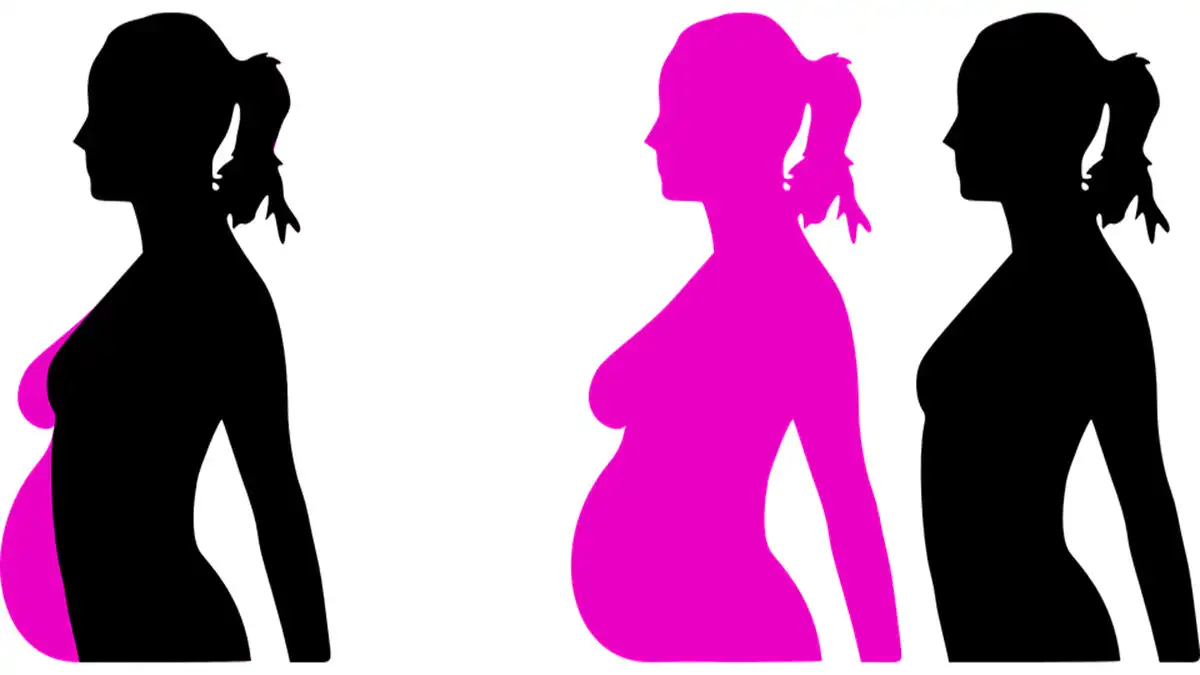The biomechanics of powerlifting are similar to the lifting used in the workplace and during activities of daily living. Proper power lifting technique is crucial for rapid strength gain and injury prevention. There is little published biomechanical data on power lifting. Although there are several accepted techniques for each lift, only the conventional methods will be described.
Squat
- To perform the squat, the athlete’s heels should be slightly wider than shoulder width and the hips should be rotated outward 30-45 degrees.
- The hips should not rotate significantly outward or inward during the lift, so that the knees bend in the same direction as the feet point.
- This helps keep the lower limbs in a physiological position and thus decreases twisting forces at the knees, hips, pelvis and lumbar spine.
- The weight bar should be placed on the posterior-superior aspect of the shoulders and should not be allowed to roll significantly.
- The hands should be placed in a comfortable position with the thumb on the same side of the bar as the fingers. This seems to avoid injury to the upper extremity if the bar rolls or if it is necessary to “unload” the weight quickly for any reason.
- Lumbar lordosis should be maintained throughout the lift to promote stability, facilitate erector contracture, and possibly reduce the load on inert soft tissue.
- The angle created by the coronal plane of the trunk of the lift and the horizontal plane of the floor (trunk-floor angle) should be as large as possible during the lift and at no time should it be less than 45 degrees.
- The degree of forward tilt of the trunk during the squat is directly proportional to the torque of the trunk extensor and indirectly proportional to the torque of the thigh extensor.
- Highly developed pushups attempt to minimize trunk inclination and thus minimize trunk extensor torque while maximizing thigh extensor torque.
- McLaughlin mentions a constant point during the lift at which the thigh-to-floor angle reaches 30.3 degrees, the point at which the spreader bar is less able to generate vertical force.
- This point is known as the “lockout point.”
- The maximum weight an athlete is capable of lifting at this point in the event is usually equal to their one-repetition maximum (1 RM).
- The center of gravity should be kept 5 -7 cm, forward of the heel-to-floor interface.
- If the center of gravity is maintained in the correct position, the ankles will not dorsiflex beyond 30 degrees, the knees will not flex beyond 120 degrees, and proper trunk mechanics can be maintained throughout the lift.



